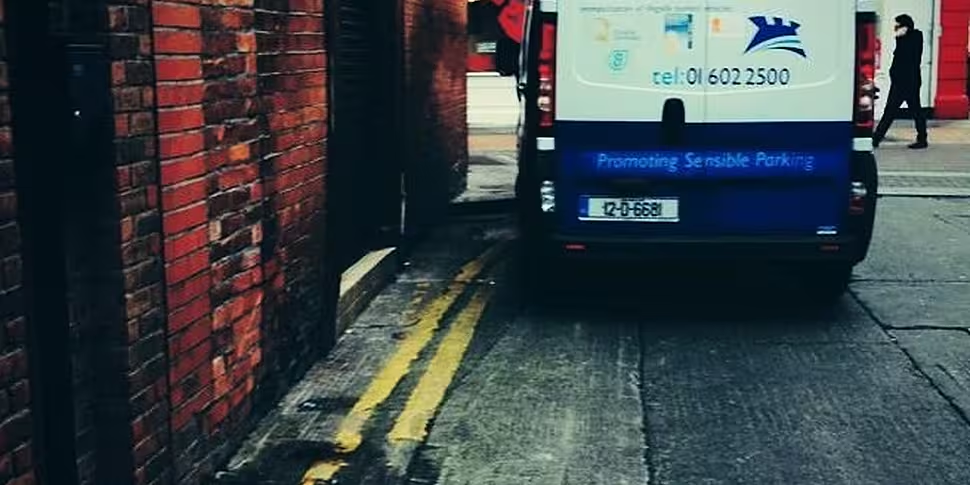Today, between 2.39pm and 7.30pm, the Dáil will be discussing the report and final stages of the Vehicle Clamping Bill 2014. We have put a quick timeline together on the progression of the Bill and we look at what it covers.
In June 2014 the then Minister for Transport, Tourism and Sport, Leo Varadkar published the Vehicle Clamping Bill 2014. The aim of the Bill is to ensure that clamping activities are carried out in “a fair and transparent manner, and to protect motorists and legitimate clamping companies, in line with the commitment in the Programme for Government”.
It has been designed to create consistency to clamping on public and/or private land. There is already legislation in place on public roads so the bill will mainly regulate private clamping.
The Bill also says that there will be a simple appeals mechanism for all types of clamping for the first time. If a car is clamped or relocated an appeal should be made to landowner, local authority or body responsible for enforcing parking in a particular place. If the car’s owner is not happy with the results of appeal, it can be brought to an independent clamping appeals officer who would be designated by the National Transport Authority (NTA).
Other recommendations are that a maximum release charge should be set at €100 for private property and a maximum vehicle relocation charge of €50 should be set.
It also says that where clamping is in operation clear and prominent signs must indicate that this is the case. Charges must also be made clear through signage. The NTA can decide: where signage should be located, what should be written on it; the dimensions the sign should be; what symbols should be used; how many signs should be displayed; and the design of the sign.
The Bill mentions; the amount of time that should elapse before a vehicle is clamped; how long it should take to be declamped after payment; means in which charge payments can be made; and the type of identification that clampers and their vehicles should carry. The Bill also recommends that procedures should be set up by the NTA regarding complaints from the public.
Last month Minister for Transport, Paschal Donohoe, was asked by other TDs to accept an amendment in the act that would ban clamping in public hospitals. The Minister said that he had sympathy for those who were clamped in hospitals, but that it would not be included in the Bill.
Clamping in Irish cities
In 2014 Dublin City Council made over €4.2 million in parking fines. Over 56,000 cars were clamped.
Main Dublin clamping spots:
- Merrion Square
- Mespil Road
- Ormond Quay Upper
Cork generated over €1.22 million from parking fines - here are the main parking fine hotspots:
- South Mall
- St. Patrick’s Street
- Morrison’s Quay
Galway parking fines generated over €538,000 - here are the main parking fine hotspots:
- Eglinton Street
- Merchant’s Road
- Williamsgate Street
Kilkenny parking fines generated over €187,000 - here are the main parking fine hotspots:
- Bateman Quay
- Castle Road
- Patrick Street
Limerick parking fines generated over €554,000 - here are the main parking fine hotspots:
- O’Connell Street
- Henry Street
- Roches Street









